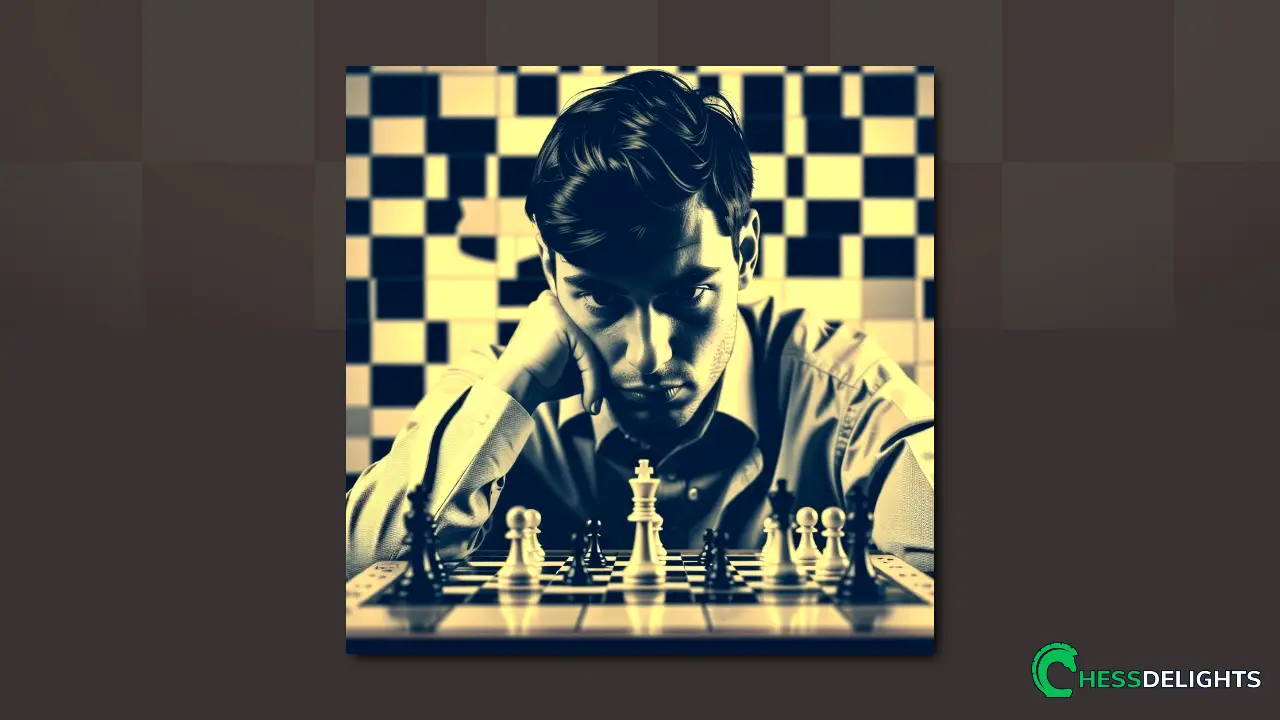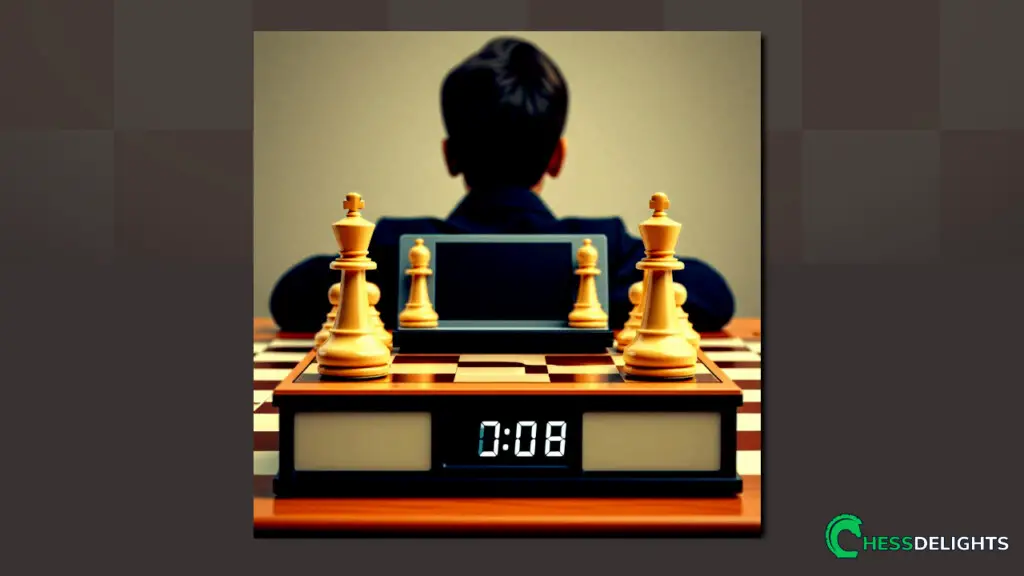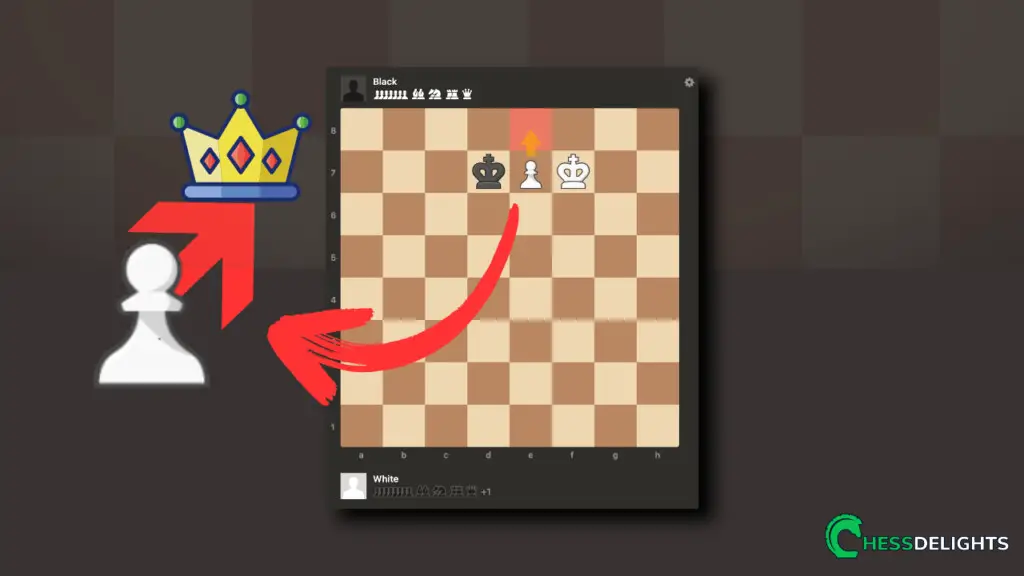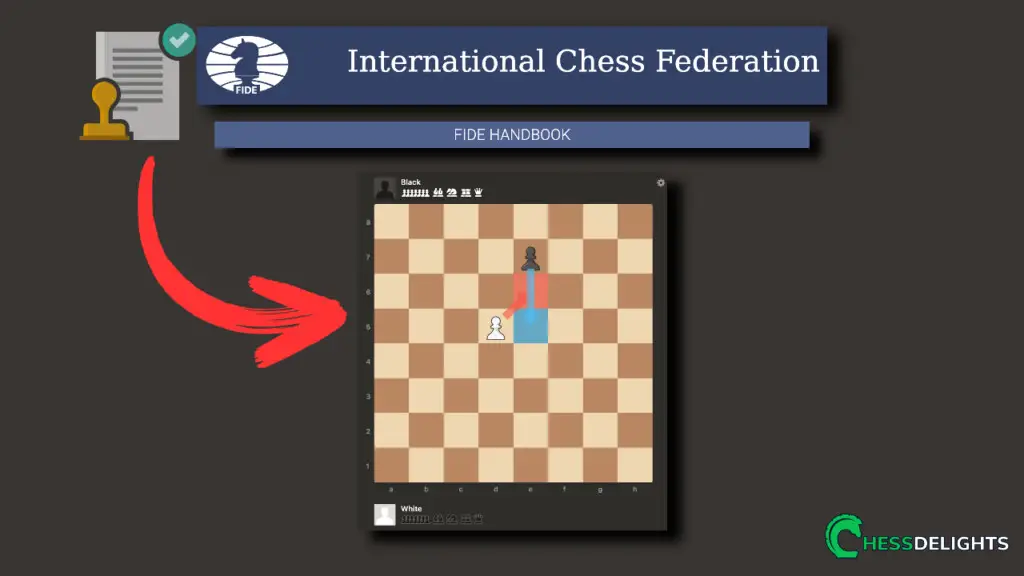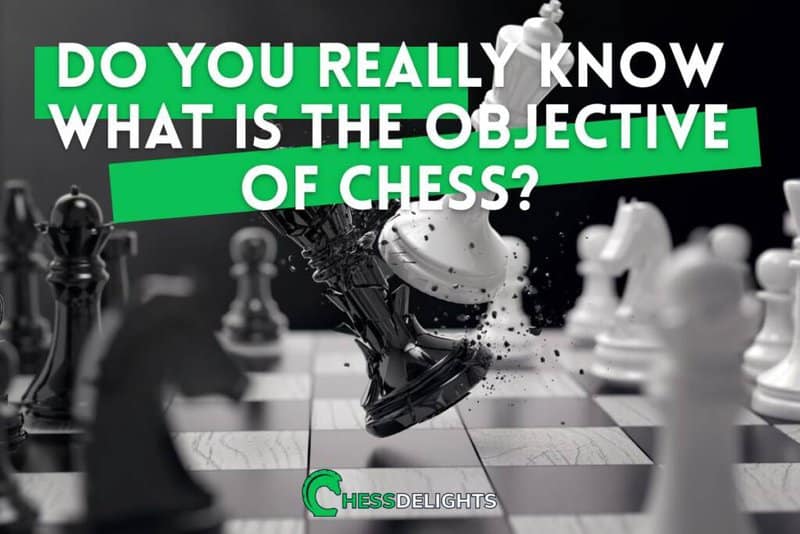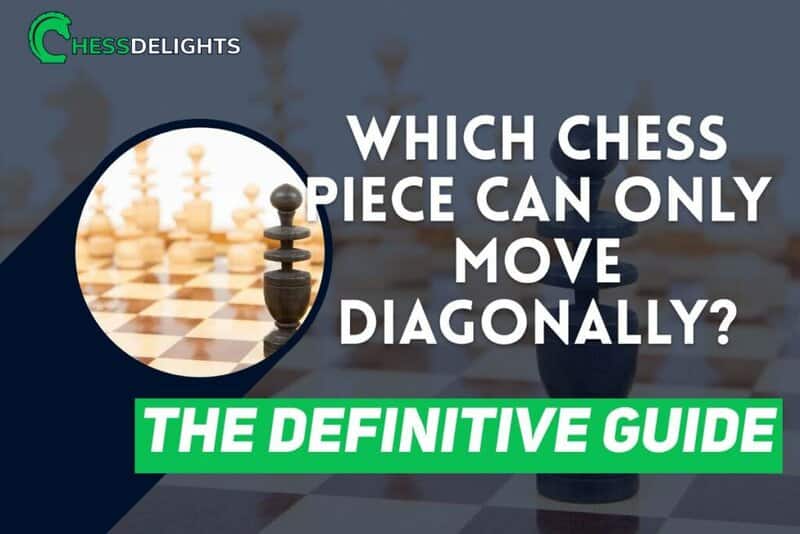For beginners in chess, selecting an appropriate time control is key to improving skills and understanding the game. According to discussions on forums such as Chess.com, Quora, and Reddit, a slower time control is recommended for beginners.
This is because slower time controls, such as 15+10 (15 minutes initial time with 10 seconds increment per move) or 30+0, allow beginners to take the time needed to think through their moves and strategies, thus improving their understanding and performance in the game.
Other popular forums also supports this, suggesting that a 10-minute time control might be too fast for beginners.
However, the best time control also depends on individual preferences and learning styles. It is important to experiment with different time controls and find what works best for you.
Table of Contents
What are the Different Types of Time Controls in Chess?
There are several different types of time controls in chess, each offering a different experience and challenge to the players.
The most common types are: Standard, which provides each player with a set amount of time for the entire game; Increment, where each player has a base time and then receives an additional small amount of time after each move; Delay, where the clock waits for a certain period before starting to count down; and Blitz and Bullet, which are fast-paced games with very limited time.
In my experience, time controls in chess greatly affect the pace and intensity of the game. The main time controls are:
- Standard: This is the most traditional time control, providing each player with a set amount of time for the entire game. I've found that this allows for a more thoughtful and deliberate game, with time to analyze the board and plan strategies.
- Increment: Each player has a base time and then receives an additional small amount of time after each move. I enjoy this time control because it adds an interesting dynamic where quick moves can ‘earn' you more time.
- Delay: In this time control, the clock waits for a certain period before starting to count down. This is quite challenging as it encourages swift decision-making at the start of each turn.
- Blitz and Bullet: These are fast-paced games with very limited time. In my experience, these games test your ability to think on your feet and react quickly.
Recommended Reading: If you want to learn more about fundamentals of chess, read this article.
What is the Best Time Control for Beginners in Chess?
For beginners, the Standard time control is usually the best. This time control provides a generous amount of time for the entire game, allowing beginners to take their time and think through their moves carefully. The standard time control used in many chess clubs for beginners is 30 minutes or 60 minutes for the entire game.
I have had my fair share of experiences with time controls. In the early stages of learning chess, I found that the choice of time control can greatly impact a beginner's experience and improvement.
When I was first starting out, I found that the Standard time control was the most beneficial. This time control gives you a generous amount of time for the entire game, usually between 30 to 60 minutes. This allows you to really take your time to think through your moves carefully, without feeling rushed.
I remember playing my first few games with this time control and how it allowed me to really delve into the intricacies of the game. I was able to carefully plan my strategy, consider my opponent's possible moves, and learn from my mistakes.
It was a great way for me to get familiar with the game, understand the rules, and start developing my own playing style.
Playing with Faster Time Controls
As I became more comfortable with the game, I started experimenting with faster time controls, such as Rapid and Blitz. These time controls require quicker decision-making and can be quite thrilling. However, I believe that for beginners, getting a solid understanding of the game should be the priority, and the Standard time control is perfect for that.
So, from my personal experience, if you are just starting out in chess, I would recommend starting with the Standard time control. It gives you ample time to think and learn at your own pace, which is crucial in the early stages of learning the game.
Recommended reading: If you're looking for the best book that teaches the principles of chess written by a former World Chess Champion – check this article.
How to Adapt Your Chess Strategy to Different Time Controls?
Since I have experienced games with various time controls, from Standard to Blitz and Bullet. The key to success lies in adjusting your decision-making process according to the given time limit.
In Standard games, where you have a significant amount of time, I am able to analyze the board in depth, considering all the possible moves and strategies, calculating several moves ahead, and even having time to explore various hypothetical scenarios.
My experiences in these games have taught me the importance of patience and thorough analysis.
However, in faster-paced games like Blitz (usually 5 minutes per player) or Bullet (less than 3 minutes per player), the strategy must change drastically. Here, speed is vital, and every second count. In such games, you need to rely heavily on your intuition and pattern recognition skills.
Learning to Adapt to Time Controls
From personal experience, I can say that spending too much time pondering over a move can cost you the game. It becomes crucial to identify familiar positions quickly and react accordingly.
So, adapting to different time controls involves a balanced strategy of spending time on critical positions in longer format games and playing quickly in familiar positions during fast-paced games. As I've mentioned earlier- the key is to practice under different time controls to familiarize yourself with these varying game dynamics.
What is the Standard Time Control Used in Professional Chess Tournaments?
Professional chess tournaments usually adhere to a time control known as the FIDE time control, named after the International Chess Federation (Federation Internationale des Echecs, FIDE). Having participated in several such tournaments, I am quite familiar with this time control.
The FIDE time control typically allocates 90 minutes for the first 40 moves. It allows players ample time to establish their game strategy. After the first 40 moves, an additional 30 minutes is added for the rest of the game. This extra time allows players to continue their strategic game play without feeling rushed.
Starting from the first move, an increment of 30 seconds is added per move. This increment plays a crucial role in the overall game strategy as it can accumulate and extend the game's duration, providing players with a little extra thinking time. It also prevents games from being lost purely because of time running out.
These standard time controls in professional chess tournaments ensure a fair and balanced game, where both strategic depth and time management skills are tested.
How Does the Time Control Differ for Online and Traditional Chess Games?
Time control in chess refers to the mechanism that limits the total time each player can use for their moves. Online chess and traditional chess have different time control dynamics due to the nature of their environments.
In my experience, online games typically have faster time controls. This is primarily because the online platform is designed for convenience and rapid play. Time controls like Blitz or Bullet are common in online chess. Blitz allows each player 5 minutes or less for the entire game, while Bullet allows less than 3 minutes.
I've found these quick games incredibly exciting, but they certainly require quick thinking and decision-making.
But traditional chess games, which I've often played in tournaments, usually employ slower time controls like Standard. This gives players more thinking time, which leads to deeply thought-out strategies and complex gameplay. The pace can be more relaxed, but the pressure is still very much present.
Recommended reading: If you want to read more about the best way to learn chess, check out this article.
How Can Players Practice Managing their Time Effectively in a Game?
Effective time management is crucial in chess, especially in games with set time controls. Practicing with a chess clock or using online chess platforms with integrated timers has been invaluable in my personal development as a chess player.
Specific strategies can also be employed. For example, I often try to make quicker decisions during the opening and middle game, saving more time for the endgame, which usually requires more complex strategic thinking.
Another helpful practice I've done is simulating games with different time controls. This can be done either online or with a physical chess clock. This practice can help players adjust to managing their time under various game conditions, enhancing their overall gameplay and decision-making skills.
What is the History and Reasoning Behind the Use of Time Control in Chess Games?
The concept of time control in chess was first introduced in the 19th century. The main aim was to prevent games from dragging on indefinitely, which was a common problem in those days. I remember reading about how sand clocks were initially used for this purpose, which was a fascinating fact.
As technology advanced, mechanical clocks took over, and eventually, the digital clocks that we see today became the standard. The introduction of time control added a new layer of strategy to the game, making it even more engaging and intellectually stimulating.
Apart from forcing players to manage their time effectively, it also ensured that games were completed in a reasonable amount of time. This made it easier to organize tournaments and matches, and also made the game more spectator-friendly.
What is the Relationship Between Time Control and Player Performance in Chess?
From my experience, I can say that there is a strong relationship between time control and player performance. The time control can greatly influence the quality of play, decision-making process, and even the stress levels of the players.
I have noticed that longer time controls often lead to a deeper analysis of the game, thereby resulting in better quality play. However, they also demand good stamina and focus from the players. On the other hand, shorter time controls can create a high-pressure environment that tests the players' quick decision-making skills and ability to handle stress.
Thus, understanding and mastering the dynamics of different time controls can significantly enhance a player's performance in chess.
Recommended reading: If you want to learn about chess clock tournament rules, read this article.

